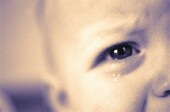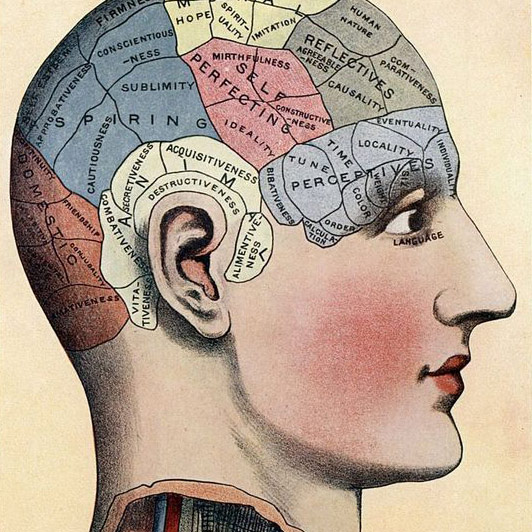
WEDNESDAY, March 20 (HealthDay News) — A problem with a certain brain circuit may be one reason why 7-month-old infants who later develop autism are slower to shift their gaze and attention from one object to another, compared with infants who do not develop autism.
That’s the finding of a study that included 97 children who underwent an eye-tracking test and brain scan at age 7 months and a full clinical assessment at age 25 months.
The results showed that infants later diagnosed with autism were about 50 milliseconds slower in shifting their gaze from one object to another, compared with those who did not develop autism.
The study, led by researchers from the University of North Carolina School of Medicine, also found that gaze shifting in infants who did not develop autism was linked with a specific circuit in the brain. This association was not found in infants who later developed autism.
“These findings suggest that 7-month-olds who go on to develop autism show subtle yet overt behavioral differences prior to the emergence of the disorder,” study first author Jed Elison said in a university news release. “They also implicate a specific neural circuit … which may not be functioning as it does in typically developing infants, who show more rapid orienting to visual stimuli.”
The findings were published online March 20 in the American Journal of Psychiatry.
Autism is a developmental disability that can cause significant social, communication and behavioral challenges. In the United States, about 1 in 88 children has an autism spectrum disorder, which can range from mild to severe.
Study senior author Dr. Joseph Piven, a professor of psychiatry and director of the Carolina Institute for Developmental Disabilities at UNC, said the difficulty in shifting gaze and attention that was found in 7-month-olds may be a fundamental problem in autism.
“Our hope is that this finding may help lead us to early detection and interventions that could improve outcomes for individuals with autism and their families,” Piven said in the news release.
The study findings were released the same day as a new U.S. government report that says one in 50 children between the ages of 6 and 17 has some form of autism, compared with one in 88 only five years earlier.
More information
The U.S. National Institute of Neurological Disorders and Stroke has more about autism.

